#Ancientmonuments
Text




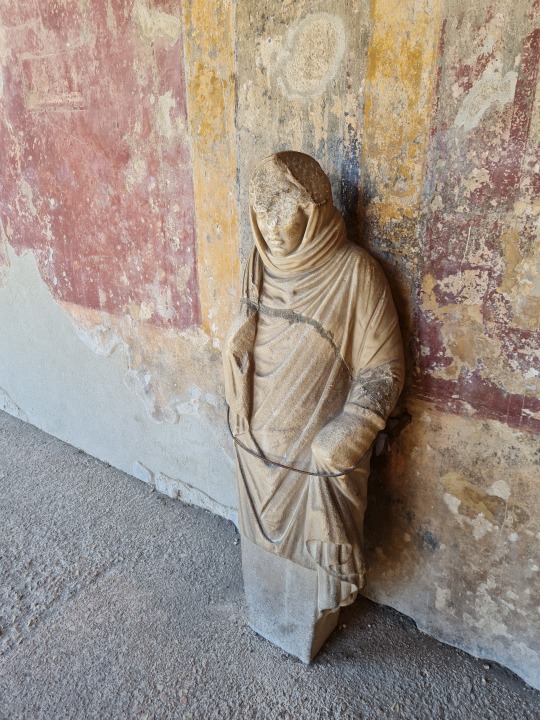

The Stabian Baths in the ancient city of Pompeii
The thermae were constructed around 125 BC. Hundred years later, the baths were connected to Pompeii's aquaduct. They were damaged in the earthquake of 62 AD.
#pompeii#antiquity#ancient history#ancient rome#travel#architecture#culture#art#art history#history#travel photography#places to visit#wanderlust#ancientmonuments#italy#italia#thermae romae#thermal baths#baths#photography#photographers on tumblr#ruins#ancient ruins#ancient art#archaeology#artifacts
681 notes
·
View notes
Text
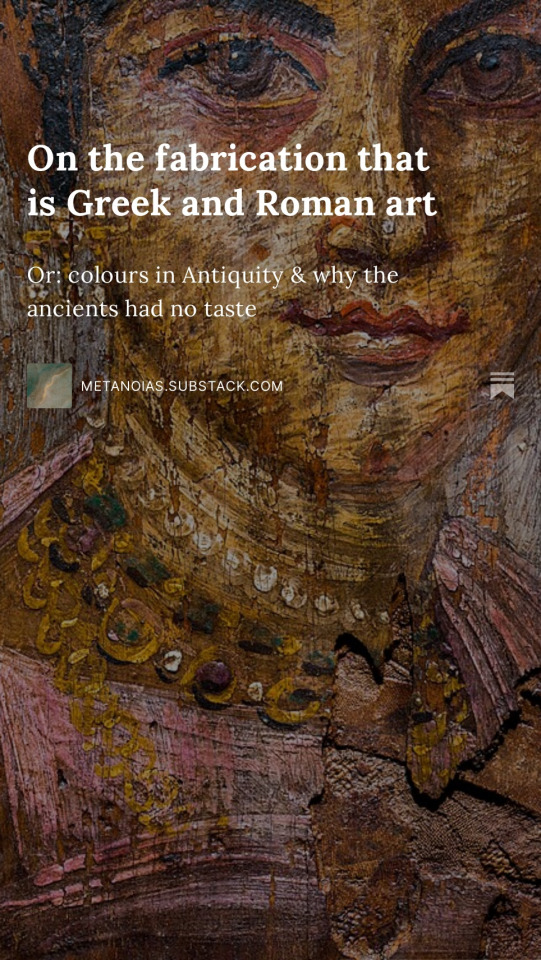
When you think of ancient Greece or the Roman Empire, visions of white togas, ivory temples and sand-coloured amphitheatres likely come to mind.
If so, you might be in for a surprise.
Because this off-white and eggshell-dominated palette, which inspired the pristine surfaces of Renaissance sculptures and the blank facades of Neoclassical buildings, is… a lie.
We now know the ancient world was steeped in colour. It was, perhaps, a tad too colourful for our modern sensibilities — even borderline garish at times.
Click here to learn why generations of scholars and artists believed in a monochrome Classical Antiquity and see historically accurate reconstructions of ancient statues and buildings in all their glorious peacockery.
#art#ancient art#ancient greece#ancient rome#ancient history#ancientmonuments#ancient cities#ancient civilizations#ancient sculpture#roman empire#roman art#art history#history#archeology#archaeology#colors#colours#colour#italy#greece#greek mythology#roman mythology#ancient greek#rome#rome italy#histoire#historic
716 notes
·
View notes
Text
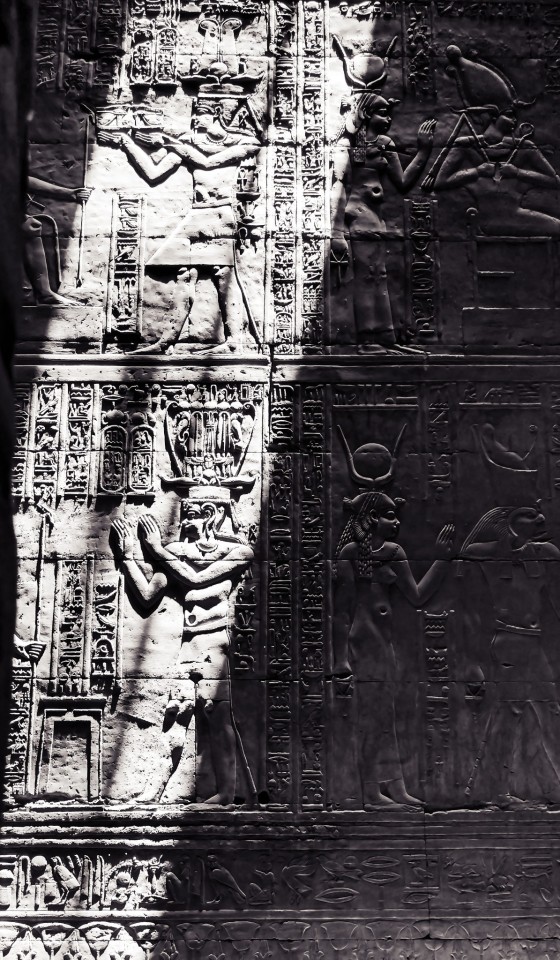
Edfu, Egypt
#black and white#monochrome#mono#photographers on tumblr#photography#egypt#ancientmonuments#ancient egypt#ancient history#black#pattern#fullframe#font#bnwphotography#bnw#raw#lightroom#picoftheday#picture#picture of the day#my photgraphy
658 notes
·
View notes
Text
654 notes
·
View notes
Text

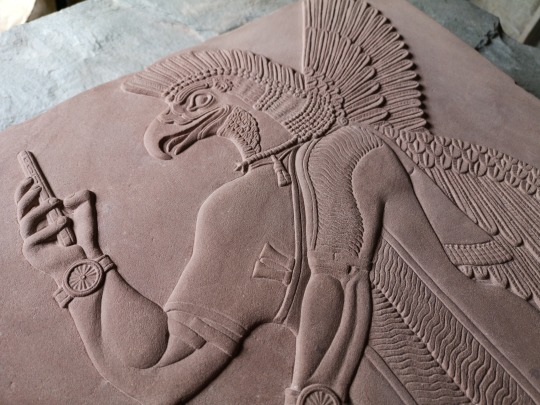

Out of place artifact.
Hand carved sandstone, based on an ancient Assyrian Winged Genie, but with a twist.
#carving#stone carving#art#traditional art#sculpture#assyrian#ancient history#archeology#history#ancient artifacts#mesopotamian art#mesopotamia#mesopotamian#genie#ancient art#ancientmonuments#antiquities#neoassyrian
132 notes
·
View notes
Text
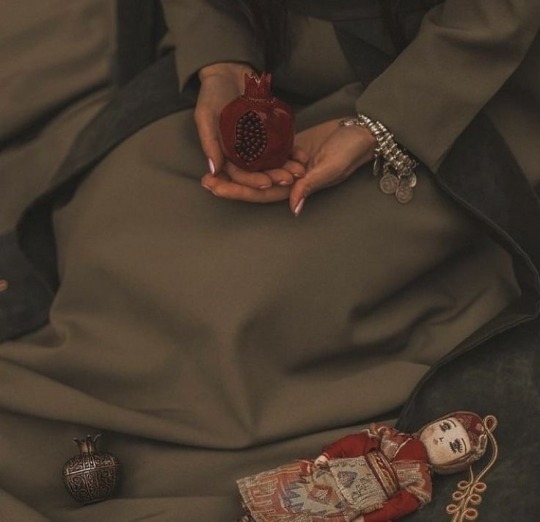



pieces of armenia
#armenian#anatolia#culture#indigenous#west asia#middle east#armenian highlands#traditional garments#armenian history#ancientmonuments#armenia#Artsakh#art#traditional clothing#hayastan
109 notes
·
View notes
Text
Me as a child: when I grow up I’m gonna have big deep discussion with all the other cool history people :)
Me as an adult: Okay so the Aztecs were a modernized people with their own technological developments that rival today, not helped by aliens say it with me now
#humor#shitpost#lol#pls help#jokes#funny#ancient aliens#ancientmonuments#ancient greece#ancient origins#ancient history#world history#artifacts#ancient rome#ancient egypt#archeology#antiquity#help me god
136 notes
·
View notes
Text
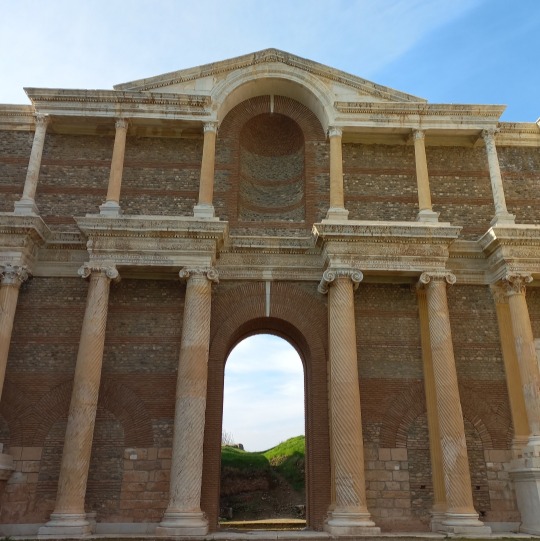


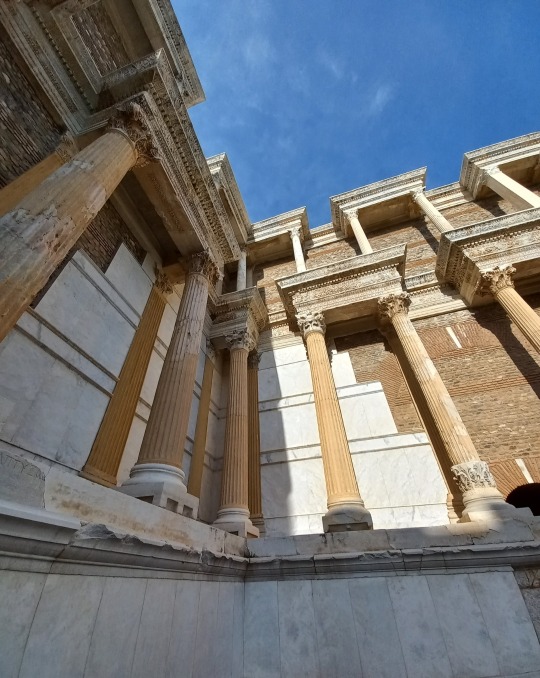

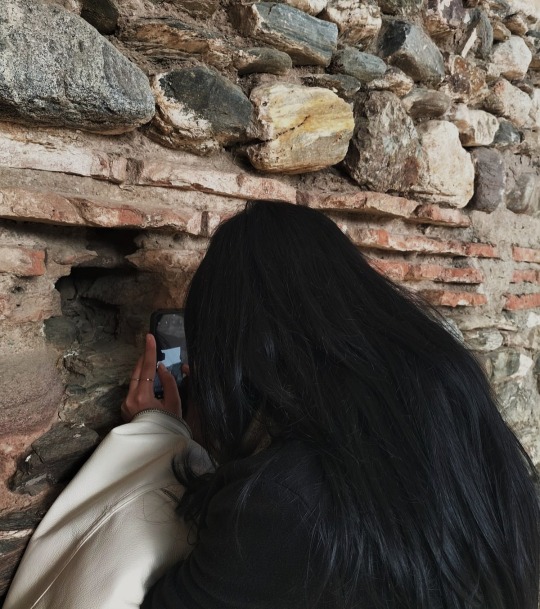


Sat, Jan 12 - I visited the ancient Roman city of Sardes today for the first time. (Information about the city is under this post.) It consisted of the Gymnasium with the remains of many Byzantine shops including restaurants and painting shops, a public pool, tombs, and a Synagogue. It was truly refreshing to see the place overall, but what I adored about the visit was the fact that you could imagine and experience the feeling of what it was like to be living in an ancient city, as it was empty because of the weather conditions. No voices, no noise, no motion, just the smell and the air of this ancient place. (I bet Henry Winter would die for it.) The Temple of Artemis was also close and I went there as well. I'll publish the pictures from the Synagogue and the Temple next if you want to check them out.
Sardis (/ˈsɑːrdɪs/ SAR-diss) or Sardes (/ˈsɑːrdiːs/SAR-de ess; Lydian: 𐤳𐤱𐤠𐤭𐤣, romanized: Sfard; Ancient Greek: Σάρδεις, romanized: Sárdeis; Old Persian: Sparda) was an ancient city best known as the capital of the Lydian Empire. After the fall of the Lydian Empire, it became the capital of the Persian satrapy of Lydia and later a major center of Hellenistic and Byzantine culture. It is now an active archaeological site in modern-day Turkey, in Manisa Province near Sart.
In 334 BC, Sardis was conquered by Alexander the Great. The city was surrendered without a fight, the local satrap having been killed during the Persian defeat at Granikos. After taking power, Alexander restored earlier Lydian customs and laws. For the next two centuries, the city passed between Hellenistic rulers including Antigonus Monophthalmos, Lysimachus, the Seleucids, and the Attalids. It was besieged by Seleucus I in 281 BC and by Antiochus III in 215-213 BC, but neither succeeded at breaching the acropolis, regarded as the strongest fortified place in the world. The city sometimes served as a royal residence, but was itself governed by an assembly.
In this era, the city took on a strong Greek character. The Greek language replaced the Lydian language in most inscriptions, and major buildings were constructed in Greek architectural styles to meet the needs of Greek cultural institutions. These new buildings included a prytaneion, gymnasium, theater, hippodrome, and the massive Temple of Artemis still visible to modern visitors. Jews were settled at Sardis by the Hellenistic king Antiochos III, where they built the Sardis Synagogue and formed a community that continued for much of Late Antiquity.
In 129 BC, Sardis passed to the Romans, under whom it continued its prosperity and political importance as part of the province of Asia. The city received three neocorate honors and was granted ten million sesterces as well as a temporary tax exemption to help it recover after a devastating earthquake in 17 AD.
Sardis had an early Christian community and is referred to in the New Testament as one of the seven churches of Asia. In the Book of Revelation, Jesus refers to Sardians as not finishing what they started, being about image rather than substance.
I take the pictures that are on my blog myself. In case you're interested in this post, I also post/reblog content including travel/cultural pictures, books, book recommendations, analysis, quotes, anything related to movies, series, and girl blog entries.
#sardes#ancient rome#ancient greek#gymnasium#ancient history#ancientmonuments#roman architecture#archeology#blog#travel#history#the secret history#henry winter#synagogue#dark academia#aesthetic#light academia#books#girlblogging#hellenistic#reading#if we were villains
36 notes
·
View notes
Text
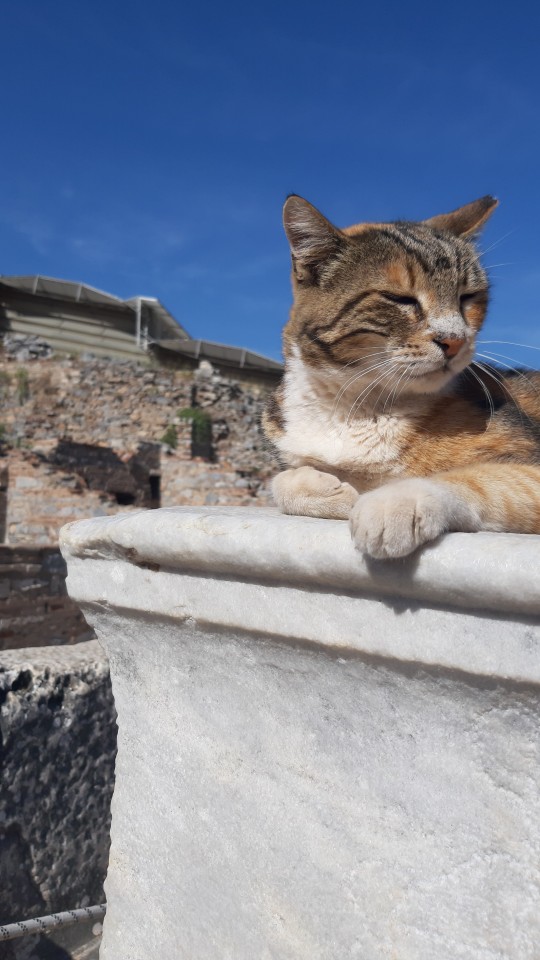


76 notes
·
View notes
Text
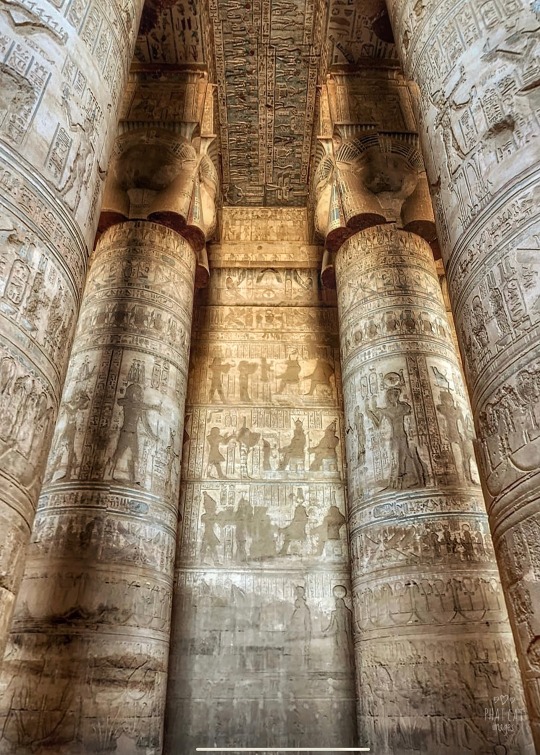
Dendera Temple Complex: Egypt
Mum had successfully and finally completed this promised land trip. A bucket list for my mum. She’s allowed me to share photos of her trip. Most of the photos were full of tourists and mum. These few didn’t have people in them. Did a few cropping edits to straighten them without compromising the picture. Really like them even though slightly unbalanced
#original photography#photographers on tumblr#travel photography#original artist#Egypt#ancient egypt#middle kingdom ancient egypt#ancient history#ancientmonuments#archaeology#ancient archectiture#historical architecture#historical buildings#Dendera Temple Complex
66 notes
·
View notes
Text

By @/bigsummmer on IG
#chaotic academia#dark academia#art#aesthetic#academia#dark romanticism#light academia#ancient#greek#sculpture#beauty#ancientmonuments#mine
21 notes
·
View notes
Text
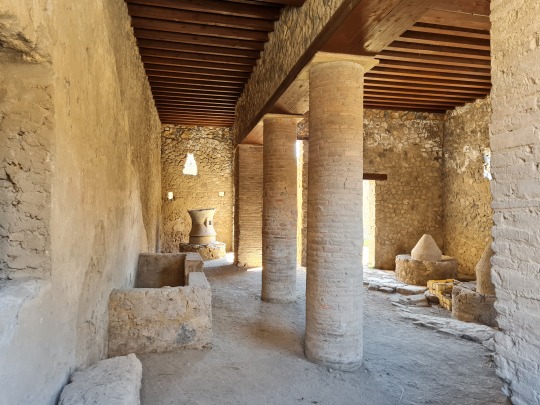

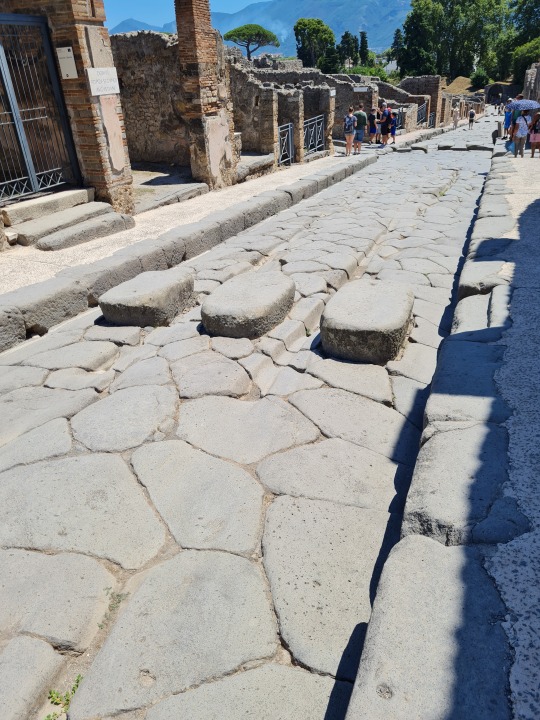

The ancient city of Pompeii, Italy
On the first photo is the bakery of Sotericus.
On the last photo you can see clay pots built into countertops in the taberna.
#pompeii#ancient rome#antiquity#archaeology#ancient history#ancientmonuments#history#culture#architecture#travel#traveling#travel photography#travel destinations#art#roman architecture#roman archaeology#photography#photographers on tumblr#italy#mediterranean#italytravel#italia#explore#wanderlust#ancient ruins#places to visit
653 notes
·
View notes
Text
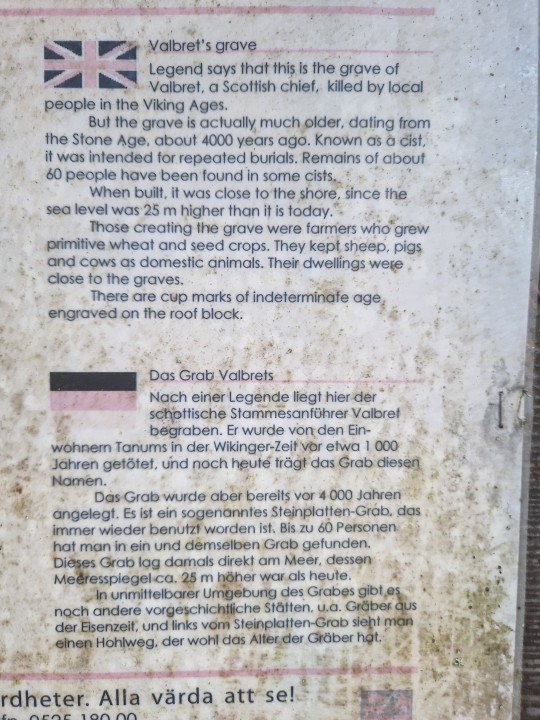
This is very close to my home, along with many other such sites, but this one of my favourite hiking destinations, as I can walk litterly in a circle and get back to where I started and see at least three burial sites along the way.
This site dates back to the stone age and is absolutely breathtaking, and the clearing itself is extremely calm and serene
#bronze age#stone circle#heritage#bronze age graves#ancientmonuments#ancient history#ancient Scandinavia#4000 years old#tanum#west of Sweden#the forest behind my backyard#stone age#stone monument#i often take this walk
22 notes
·
View notes
Text
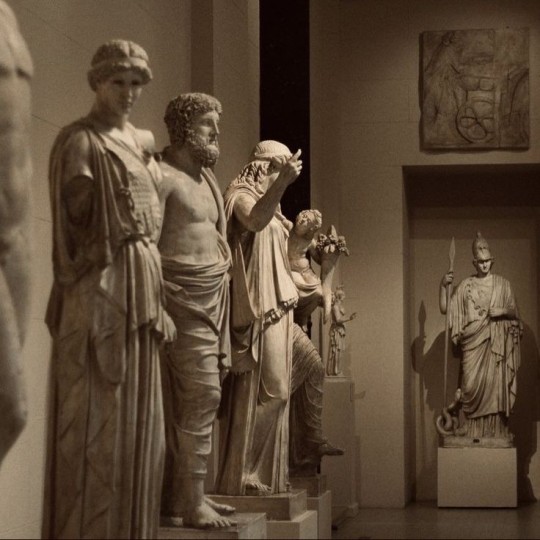

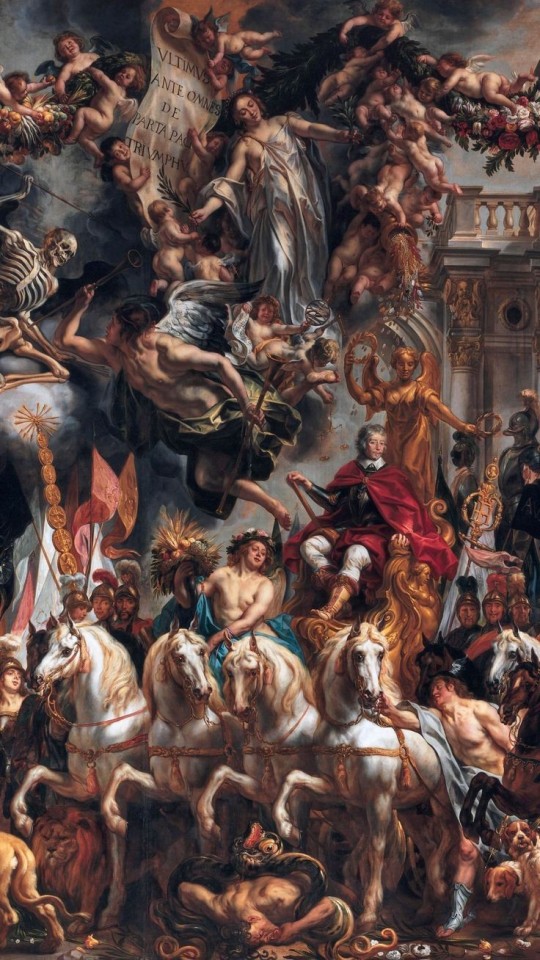
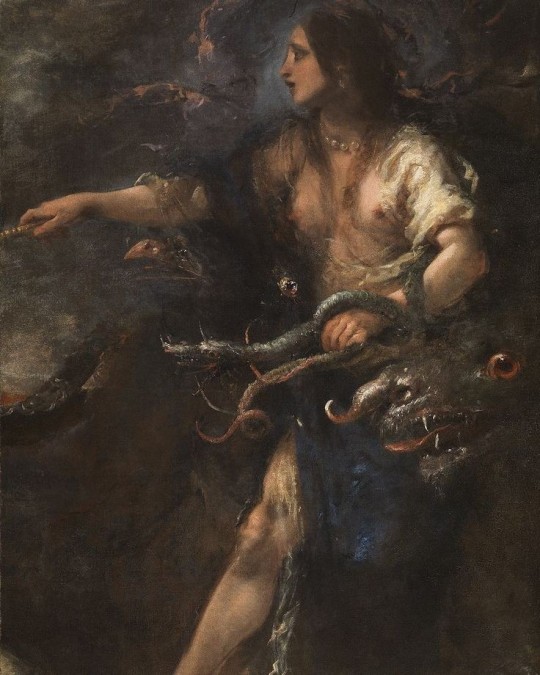
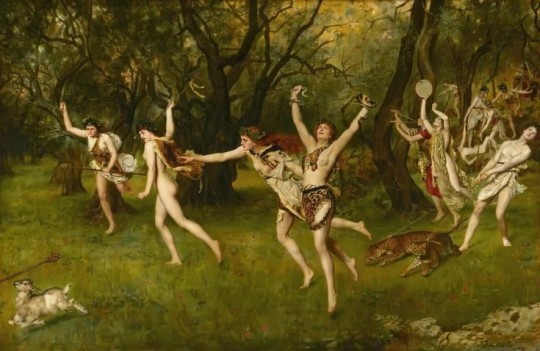
Here comes my triad, my trinity:
Pistis, Lesbia and Sirio, three aspects of my Muse
Pistis : is the soul part, the pure part of her at the same time her divine aspect.
Lesbia: (yes, I've taken her from Catullo's carmina) incarnates the body of the beloved. The lust and pleasure.
In the end, we have Sirio: that indicates the ineffable nature of the Muse. As it's a star, I can't reach her. It's too far but at the same visible.
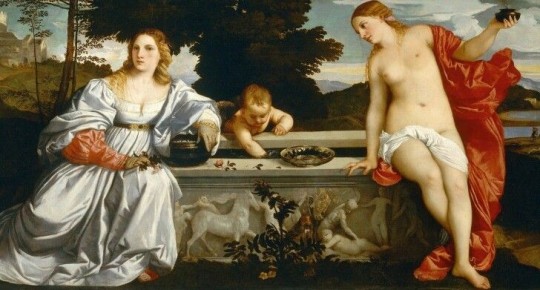

Here we have "Amor Sacro, Amor profano" by Tiziano. One of my favorite paintings, the best one that incarnates all the aspects of love.
The platonic form (the soul love), and Lust (the corporal love). The two tipes of loved are mixed by Cupid.
To love someone, you have to love the soul and then the body.
But at the same time I end loving none of them, just looking at you from far away.
#art#dark academia#books#light academia#poetry#artists on tumblr#my poem#thoughts#poetic#booklr#ink drawing#painting#ancientmonuments#lovers#love quotes#romantic#romantic academia#romantic aesthetic#dark cottagecore#dark aesthetic#dark art#the dark knight
30 notes
·
View notes
Text
380 notes
·
View notes
Text

Thissio, the best preserved ancient temple in Athens
#athens greece#greece#photography#monument#Thissio#ancient greek#ancientmonuments#ancient greece#architecture#archaeological site
22 notes
·
View notes